Softer than a Harley, more melodious than a mower, today’s stock snowmobiles emit a whisper compared to their 1970s counterparts. But it’s not necessarily how loud a snowmobile is that makes it irritating. Judging sound is as much about aesthetics as volume.
At the annual Clean Snowmobile Challenge, student teams work to not just lower emissions, but to make sleds quieter, too. The 21 teams in this year’s SAE International competition are rated on both objective and subjective noise.
Keweenaw Research Center Test Track
Two on the throttle side. Two on the brake side. Four judges, all Michigan Tech alumni, man the central point of the 150-foot noise trap, a thickly crusted track marked off with teeny orange traffic cones on a sparsely forested piece of land at the Keweenaw Research Center. The experts in acoustics, vibration and noise control call out the decibels.
“71.2!”
“71.7!”
The back-and-forth continues as snow showers and wind give way to calm, clear skies. Surface is the biggest variable in noise tests, but temperature, humidity and wind also play a factor.
Competing snowmobiles warm up on the track’s eastern loop. Each sled’s sound level is compared to the control sled (this year a Polaris Switchback 800). The same Keweenaw Research Center driver, Geoff Gwaltney, performs all the pass-bys to eliminate attempts to game the tests and ensure consistent handling and speed—35 mph in the internal combustion class.
Kent Genow of HEAD acoustics is the recorder and keeper of the playback files, captured by the Aachen Head a head-and-shoulder torso-less mannequin with poufy headphone-eseque ear cones that simulate acoustic components of the outer human ear. The binaural recording is a 360-degree replication of listening with both ears.
"If a snowmobile goes by and there’s nobody to hear it, does it make a sound? "Kent Genow
The recordings Genow collects form the basis of one of the most interesting tests in the Clean Snowmobile Challenge.
“They’ll subjectively judge who sounds better,” Genow explains. “We’re going to have the students rate how annoying it is…picture yourself sitting out relaxing in your cabin in the woods and one drives by.
“The quietest sled won’t necessarily score the best. It’s not only the level it’s the sound quality and the level,” he says. It’s about tone. Frequency. Metric modulation. “It’s about passing the regs and pleasing the customer.”
The Aesthetics of Noise
The blind-test playback sparks a discussion on the many branches of sound study, including psychoacoustics, which focuses on the perception of sound: Vacuum cleaners that aren’t loud enough; suspicious consumers don’t believe they’re doing the job. Too-quiet car doors continually slammed because they lack that luxe “chink” that makes you sure they’re actually closed.
“This is where hard science and soft science come together. It’s a mix of art and science,” says Andrew Barnard, an assistant professor of mechanical engineering and engineering mechanics at Michigan Tech.
Chad Walber, R&D engineer at PCB Piezotronics explains that subjective noise is like switching radio stations.
“Music you like, you can crank up,” he says. “But if it’s something you don’t like, you can’t turn it down enough.”
He also points out some sounds are meant to get under our skin, like emergency sounds. They can be: impulsive, like fireworks; tonal, like a sustained siren; combination, like church bells.
Some people carry a sensory memory of what snowmobiles sound(ed) like. Or already decided they don’t like them. If you’re just annoyed, the researchers say, you don’t want to hear it.
Background noise is also relevant, says Walber. For example, the Lancaster, New York resident cites the trains and highways that are part of his soundscape, as opposed to a silent wilderness. “No good way has been found yet to set up a noise ordinance,” he says. “It’s hard to regulate noise, period.”
Meeting Noise Standards
Regulating noise comes down to a handful of variables. The most important is surface.
“There are thousands of variations on snow,” says Chad, comparing the snow cover at Keweenaw Research Center earlier to “compacted sand—it will be louder.”
But the industry, along with Michigan Tech researcher Jason Blough and SAE International, is continuously working to achieve ever-more consistent standards. As a large engineering society with a long history in automotive engineering, SAE International is the authority on standards that govern snowmobile noise emissions in communities and around the world. It works closely with snowmobile manufacturers.
"Have you ever been on one? When people look at snowmobiles and listen to them run, more often they come away with a different opinion"Jason Blough
Jason, Michigan Tech’s Clean Snowmobile Team adviser, is a leading voice in reconciling one of the most long-standing points of contention in snowmobiling. He takes his global role as part of his service on the SAE International Snowmobile Technical Committee to heart.
“I’ve been snowmobiling since I was a kid. I want to make sure it’s here for my kids and their kids,” he says. “The way we can do that is through standards, and a lot of common sense. Most of the time it’s much more about education.”
We find a quiet spot to talk in a Keweenaw Research Center workshop near the electric snowmobiles.
“The limit has never changed. It’s 80 dB,” Jason says. “The refinement and power has gotten much better. In 1999 we needed a perfect day to make that measure. The four-strokes are effectively small car engines. The sound quality is much more pleasing. The character of the sound has changed. They’ve gotten much quieter.”
His focus on making the test procedure more “stable and friendly” began during his time at Keweenaw Research Center. And he carried the goal with him to current on-campus endeavors.
“We use a noise source to characterize the surface. On days when there’s too much ice we have to make a correction. We apply a correction factor in summer. They’re [manufacturers and other entities like Transport Canada] really happy from where they sit.” The recommended test instruments, site and procedures are laid out by the SAE in standards including J192 and J1161.
SAE International’s work has in recent years has expanded in the European Union. It began with Sweden’s Magnificent Mountain Landscape project. “They have a noise level unobtainable by anything with an engine,” Jason says. They’re saying “we want to have snowmobiles around but nothing meets our criteria.” Because Sweden’s an EU member the standards must be consistent. “We’re in the process of trying to get the EU to harmonize.”
Common Sense and Compromise
And none of that matters if a snowmobile is passing too close to people, especially during quiet hours.
“Rec trails should not go within a couple hundred feet of homes,” Blough says. “Don’t put trails where they lead to complaints. We’ll preserve the sport with compromises.”

For anyone who wants a true feel for the sport—especially Michigan Tech Huskies riding in Keweenaw— he recommends Natural Frequency, a 45-minute backcountry snowmobiling documentary made by a group of students.
Michigan Technological University is an R1 public research university founded in 1885 in Houghton, and is home to nearly 7,500 students from more than 60 countries around the world. Consistently ranked among the best universities in the country for return on investment, Michigan's flagship technological university offers more than 185 undergraduate and graduate degree programs in science and technology, engineering, computing, forestry, business, health professions, humanities, mathematics, social sciences, and the arts. The rural campus is situated just miles from Lake Superior in Michigan's Upper Peninsula, offering year-round opportunities for outdoor adventure.
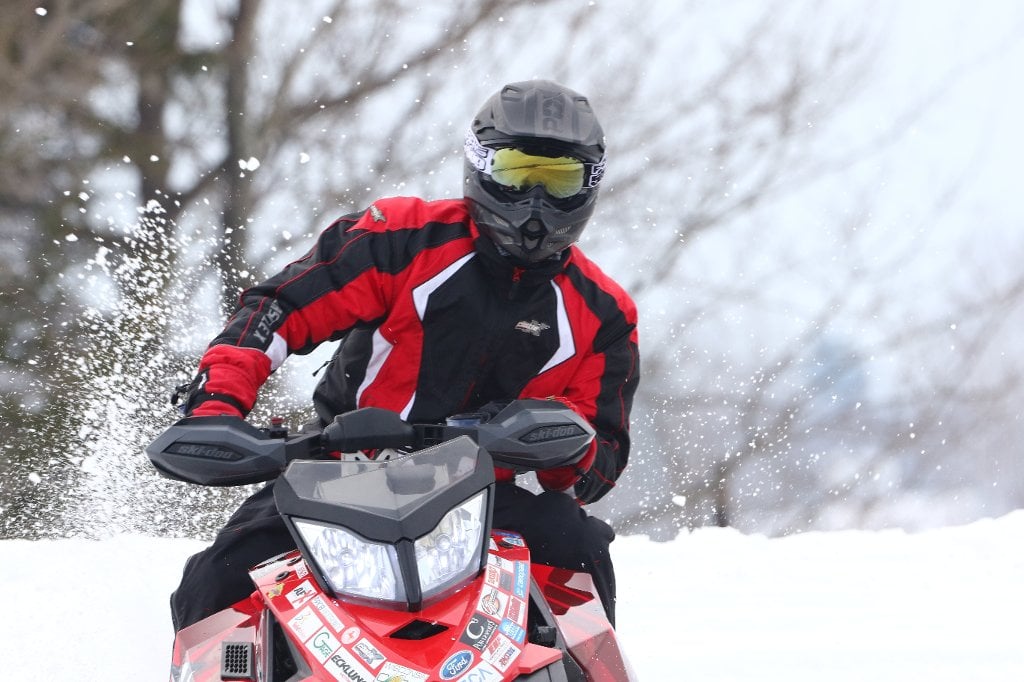

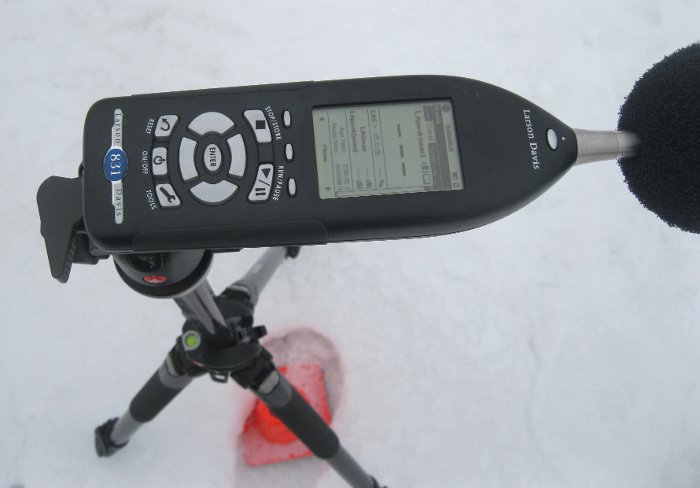
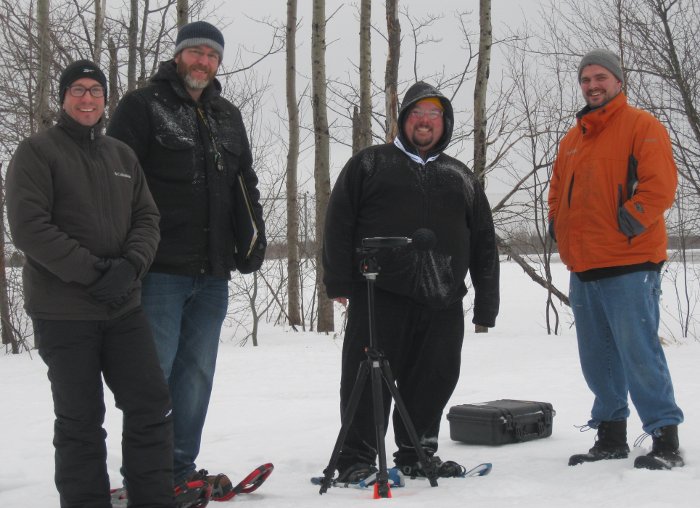
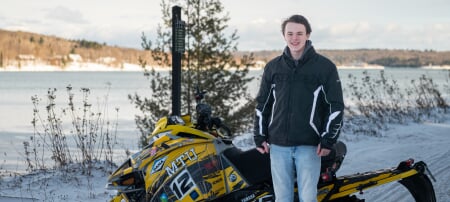
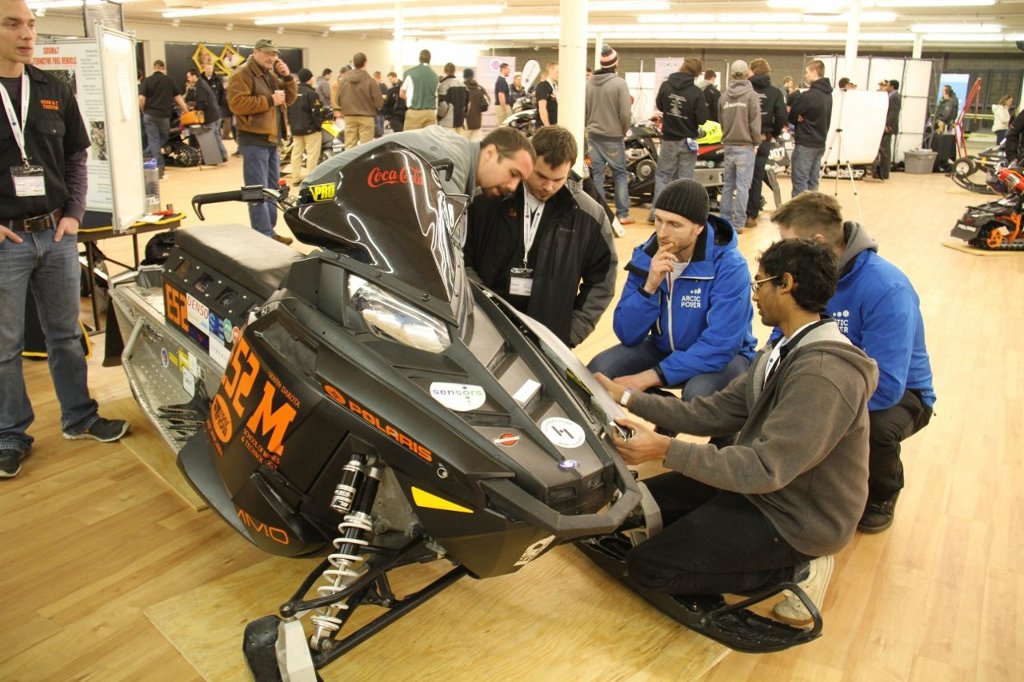


Comments